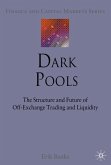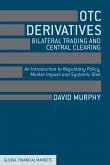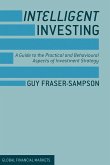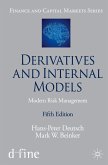Most books on financial derivatives focus on either the investment side of the business or on the mathematical models to price them. However, there is a huge gap between how quantitative researchers and analysts, and traders, structurers, and risk managers look at derivatives problems, and in how they respond.
This book fills a gap for a technical but not impenetrable guide to hedging options, and the "Greek" (Theta, Vega, Rho, and Lambda) - parameters that represent the sensitivity of derivatives prices. Taking the viewpoint of the front office practitioner, the book introduces the various option hedging strategies and the mathematics behind them in a concise but thorough manner. The book begins at an elementary level, with an introduction to the Black-Scholes formula (upon which most quantitative finance is built) from a practitioner perspective. The Greeks and Hedging Explained then develops the many themes that are omitted from many textbooks but which actually make up most of what happens in practice including the effect of day conventions, interest rates, and sticky deltas. The book features numerous illustrations, worked examples, and, where appropriate, highlights market conventions over academic assumption.
The Greeks and Hedging Explained is a welcome addition to the Financial Engineering Explained series and serves as a foundation text for some of the more complex titles in the series.
This book fills a gap for a technical but not impenetrable guide to hedging options, and the "Greek" (Theta, Vega, Rho, and Lambda) - parameters that represent the sensitivity of derivatives prices. Taking the viewpoint of the front office practitioner, the book introduces the various option hedging strategies and the mathematics behind them in a concise but thorough manner. The book begins at an elementary level, with an introduction to the Black-Scholes formula (upon which most quantitative finance is built) from a practitioner perspective. The Greeks and Hedging Explained then develops the many themes that are omitted from many textbooks but which actually make up most of what happens in practice including the effect of day conventions, interest rates, and sticky deltas. The book features numerous illustrations, worked examples, and, where appropriate, highlights market conventions over academic assumption.
The Greeks and Hedging Explained is a welcome addition to the Financial Engineering Explained series and serves as a foundation text for some of the more complex titles in the series.








